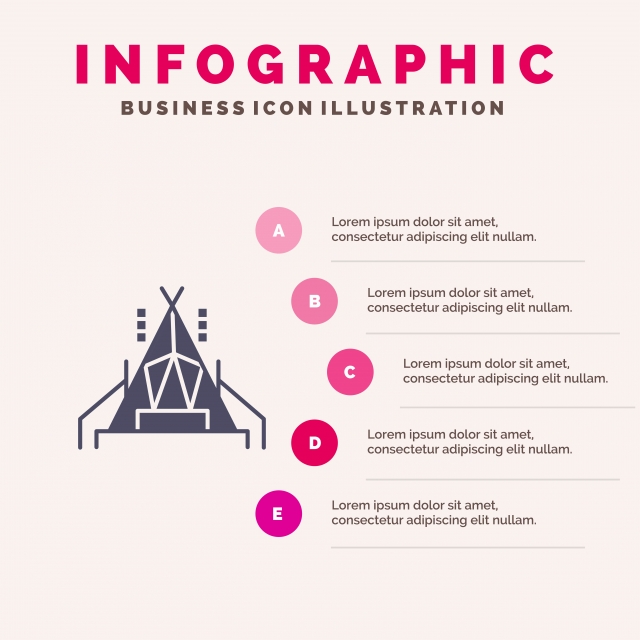Bell camping tents are coming to be increasingly popular as flexible, elegant shelters for camping and glamping. But what's the history behind this enduring style?
Are wall tents waterproof?
Henry Hopkins Sibley patented the single-pole conical tent that we understand as a bell camping tent. However, he abandoned to the Confederacy and never received his aristocracies.
Eventually, someone else included brief walls to the cone cover and developed what we now referred to as a bell outdoor tents.
Origins
The popularity of bell camping tents is expanding, and they're currently a staple at outdoor camping events and as fashionable yard hideaways. Their sizable interiors provide a flexible home from home environment that's optimal for households and groups of close friends, while the circular design assists with security in strong winds.
The style of the modern bell outdoor tents can be mapped back to military camping tents utilized by European militaries during the Crimean Battle in 1853-1856. Then, in America, a soldier called Henry Hopkins Sibley patented a similar structure that drew ideas from American Tipis.
Both designs are still in operation today. Nonetheless, Sibley outdoors tents differ from their more current relatives because they have side walls and an increased larger entrance. Sibley tents additionally count on a single central post for assistance which makes them simpler to set up yet restricts setup choices.
Objective
Bell tents' unique shape and spacious interiors make them the ideal selection for a large range of outside tasks. Whether you're hosting a yard camping party, glamping at a remote natural resort or taking place a legendary fantasy-inspired experience, the convenience of these camping tents makes sure that your experience will fit and trendy.
The bell-shaped tent was initially patented in 1856 by Henry Hopkins Sibley, who had created the style after observing Native American tipi camping tents. Nonetheless, he surrendered from the US Military at the episode of the Civil War, surrendering his civil liberties to future aristocracies.
Ever since, the design has actually come to be a staple of numerous glamping experiences. These luxurious camping tents commonly include luxurious bed linens and en-suite bathrooms, offering campers the chance to take pleasure in nature without giving up convenience.
Design
In the modern day, bell tents have experienced a revival in appeal, as people seek a more immersive outside experience. They are utilized in a variety of setups, consisting of camping, glamping, and occasions. Their distinct form, spacious interiors, and fairly very easy setting up make them a popular choice for those seeking a sophisticated, historical flair to their outdoor experiences.
The unique form of a bell outdoor tents produces high ceilings and ample clearance, making it comfortable to stand in and walk around. Furthermore, the facility pole is not put near the entryway of the outdoor tents, allowing for even more privacy and area inside the sanctuary.
The bell camping tent layout traces back to an American soldier named Henry Hopkins Sibley, that was inspired by Native American tipi outdoors tents when developing his variation of the bell tent in 1856. His style was a substantial improvement over typical army camping tents, which were hard to transfer as a result of their complicated building.
Products
In modern times, Bell Tents are crafted from superior materials that are developed for durable durability. This is why they are a preferred selection among leisure campers, festival-goers, and glampers alike.
In the 19th century, a United States Military policeman named Henry Hopkins Sibley adapted traditional outdoors tents right into what is currently referred to as the modern bell tent. He based his design on Indigenous American Tipi frameworks, adding short walls to the main post framework that made it much more steady.
Today, polycotton canvas is an usual material made use of in the building and construction of bell camping tents. This blend of cotton and polyester offers a wide variety of benefits, consisting of breathability, remarkable weather condition resistance, and simpler upkeep than pure cotton canvas. This textile is likewise resilient and abrasion-resistant. It is thicker than most nylon textiles, nonetheless, which can make it heavy and more expensive than typical tents.
Modern day
In contemporary, the appeal of Bell Tents has exploded thanks to glamping websites and celebrations offering camper gift ideas up these sizable outdoors tents for pairs, groups and families to appreciate. The visual appeal and durability of these round camping tents are interesting lots of campers.
Whether it be rain or wind, these outdoors tents hold their very own against the elements. Normally, they're made with canvas that is dealt with to safeguard versus wetness, mildew and UV rays.
How do you clean a bell tent canvas?
It isn't clear precisely when these tents were developed, but it's extensively understood that they're a variation of a Sibley camping tent - called after Henry Hopkins Sibley, who adjusted the design of the American Indian tipi. It is assumed that whoever added brief walls to Sibley's cone canopy was responsible for the production of the bell tent as we understand it today.
